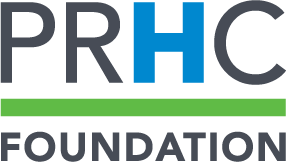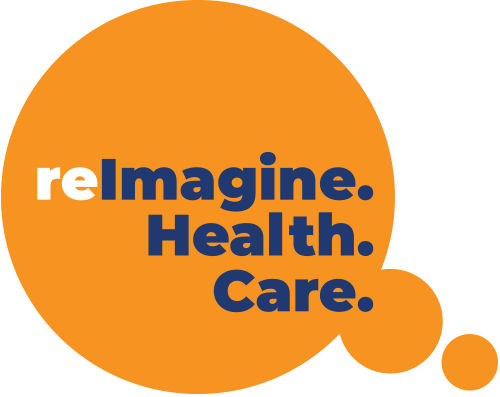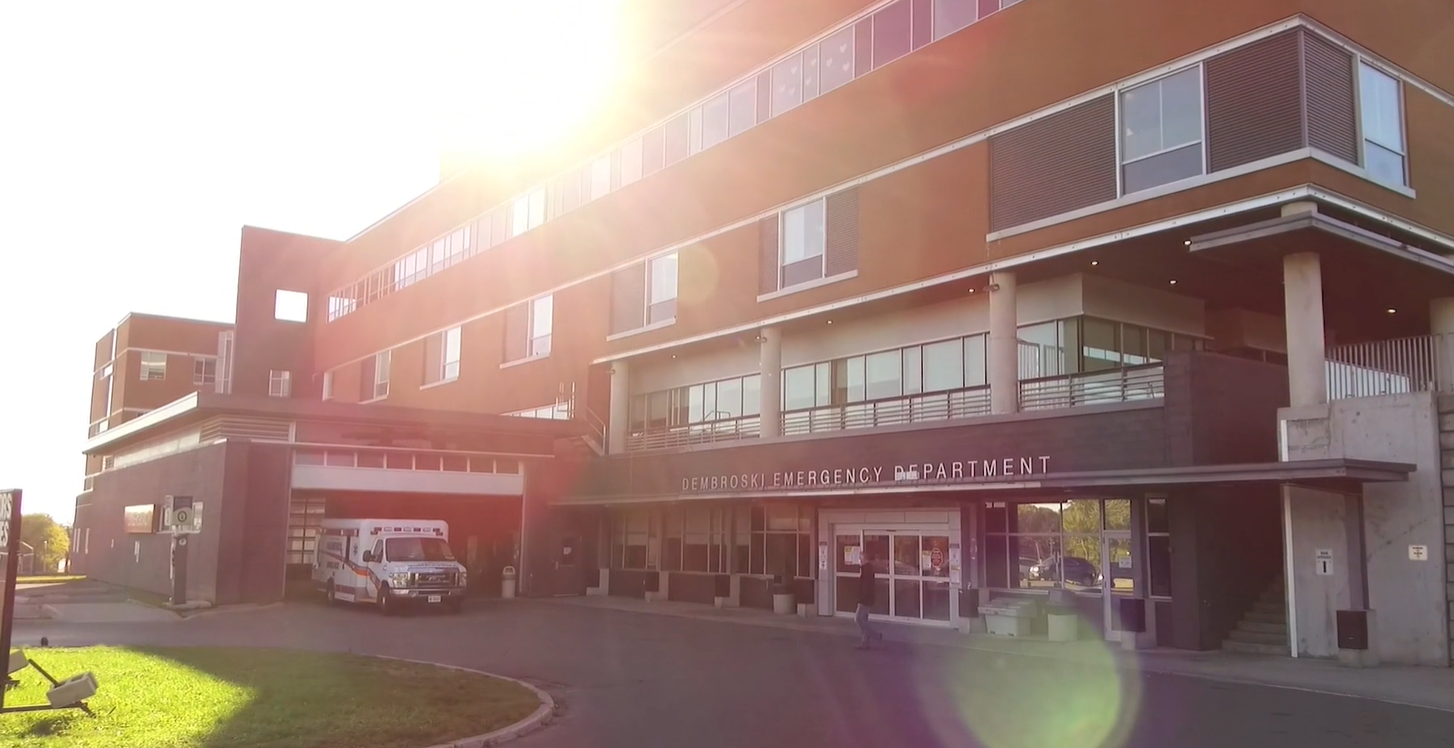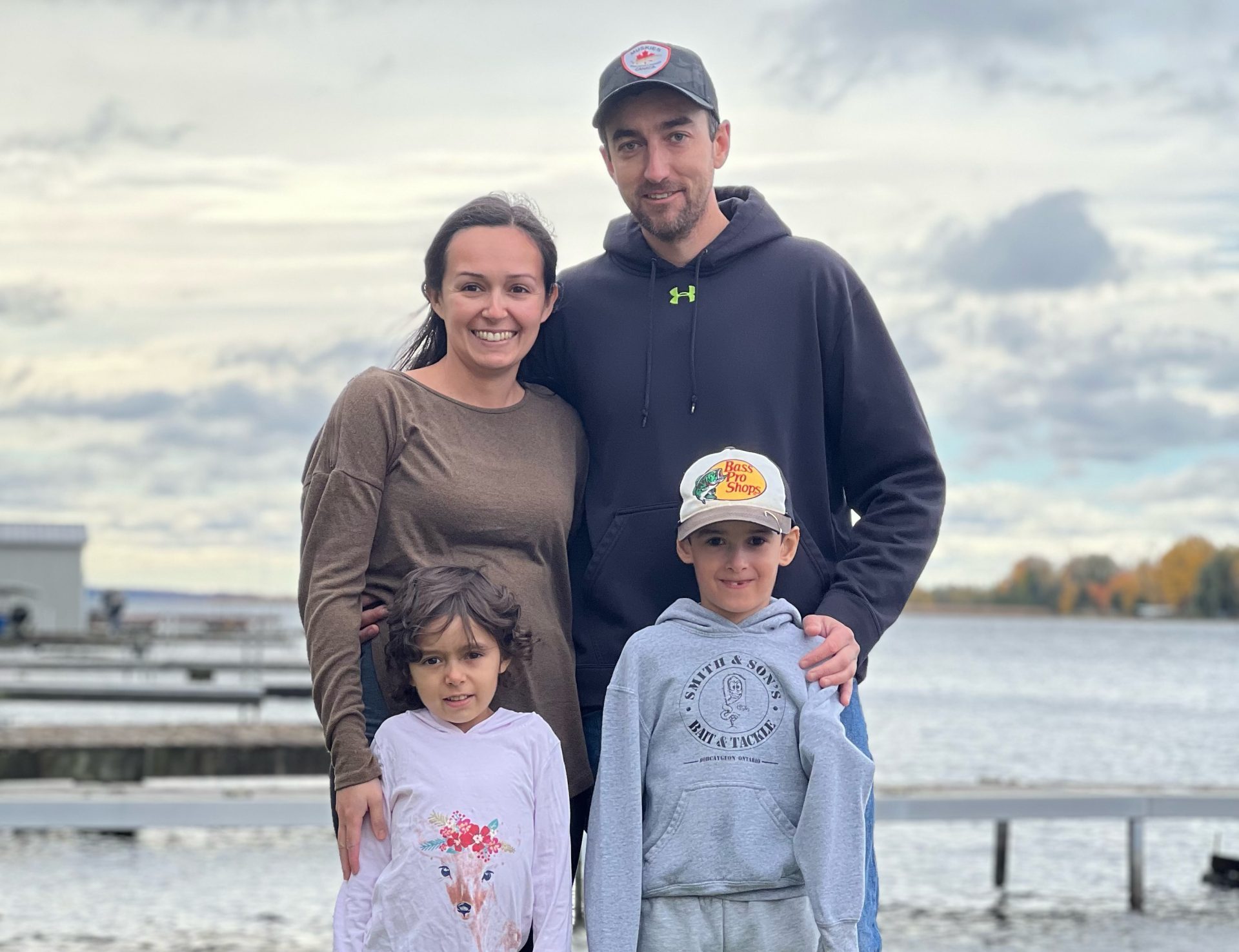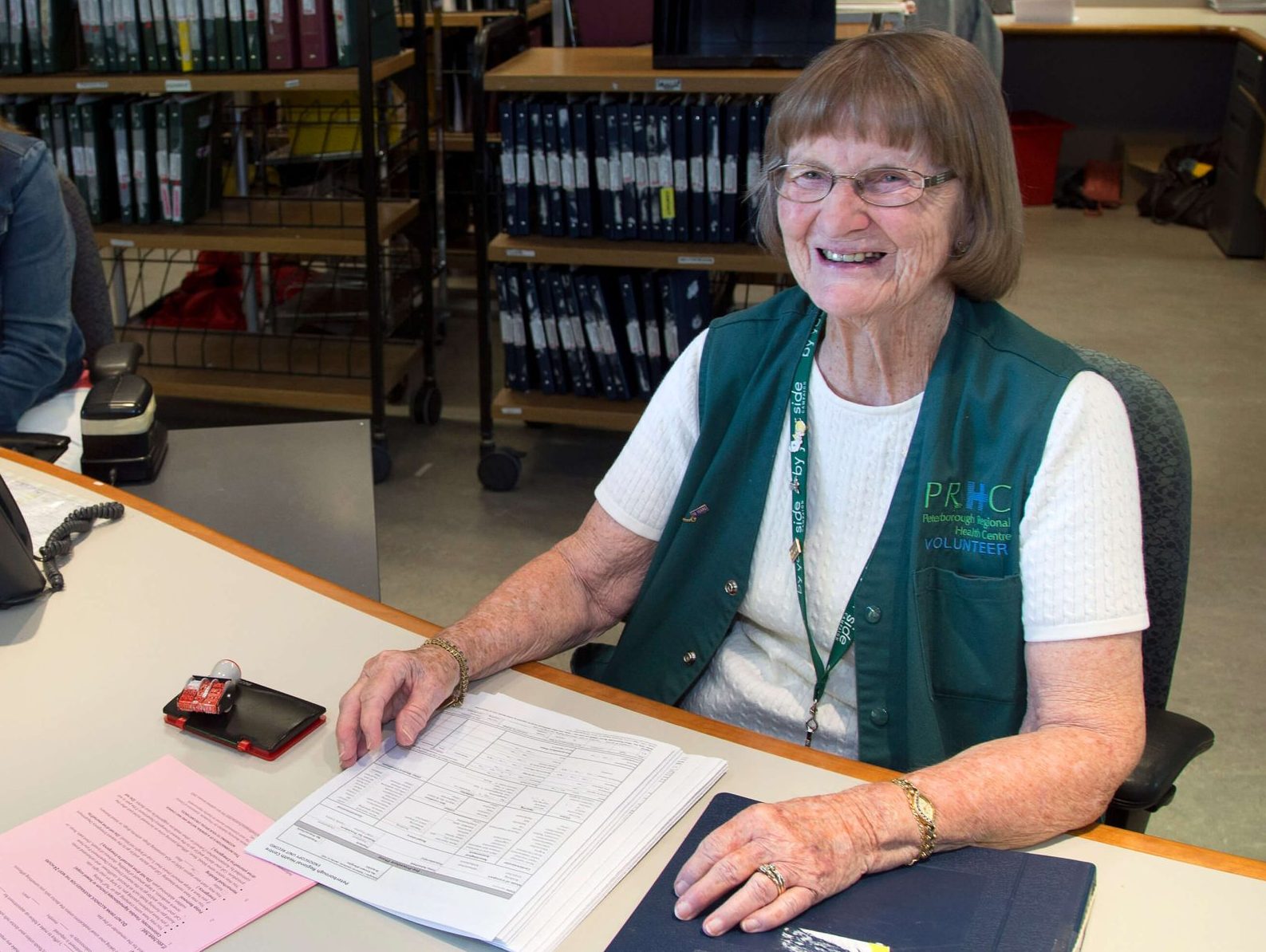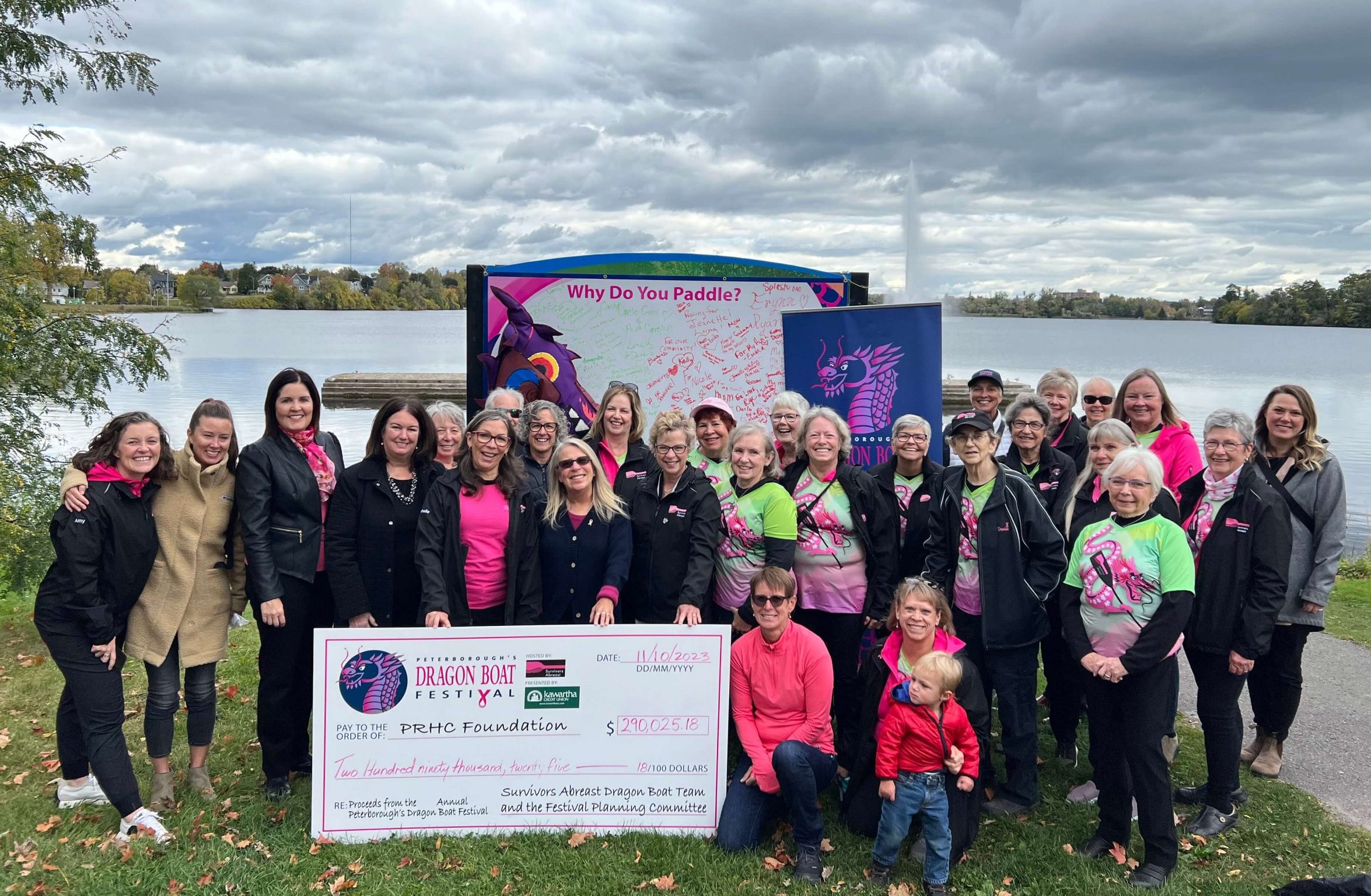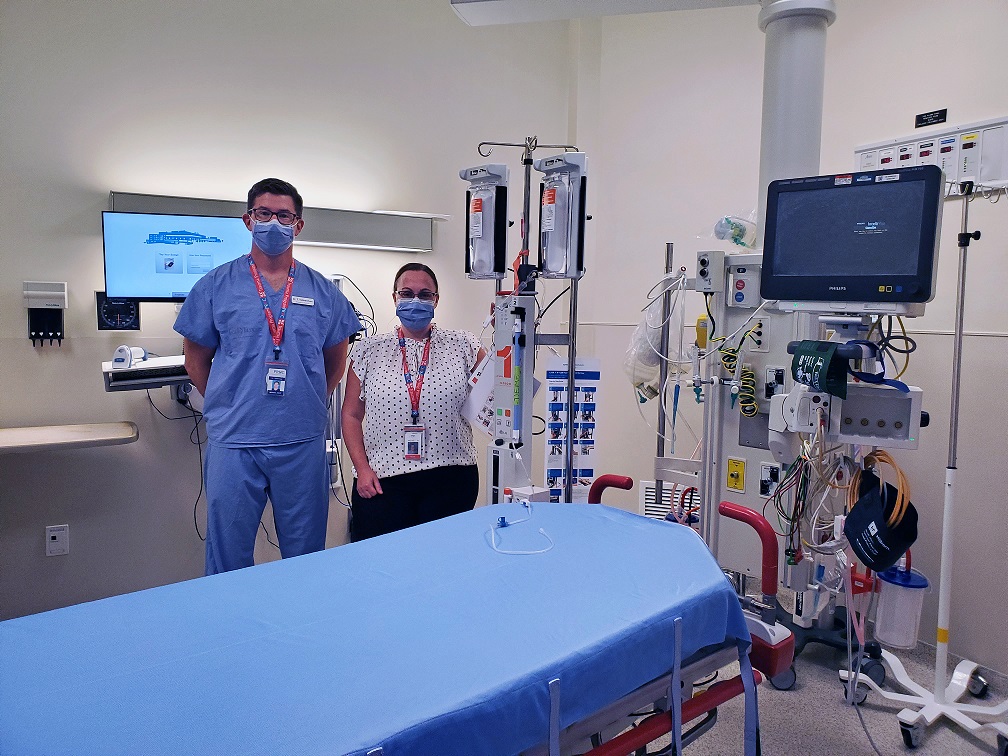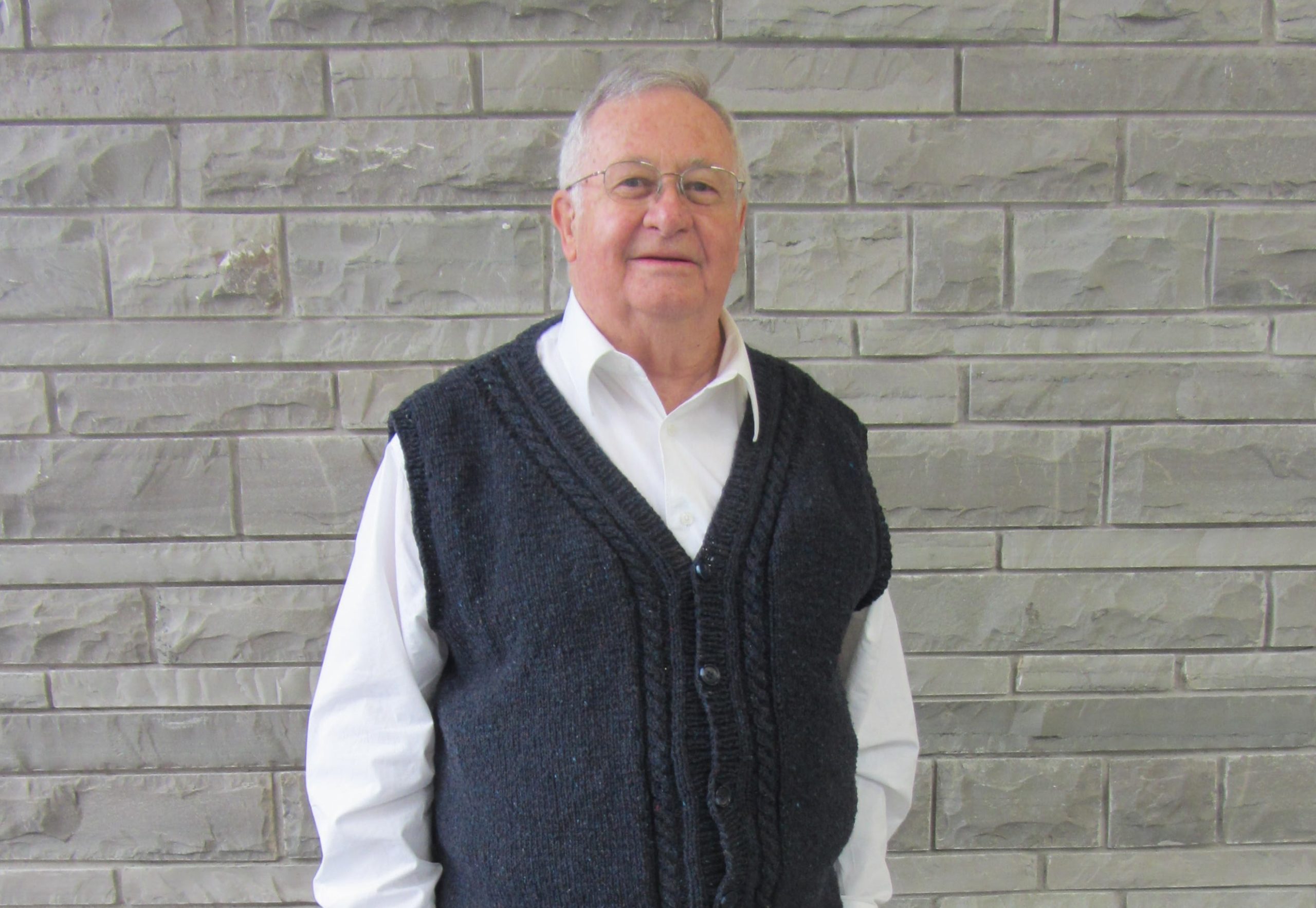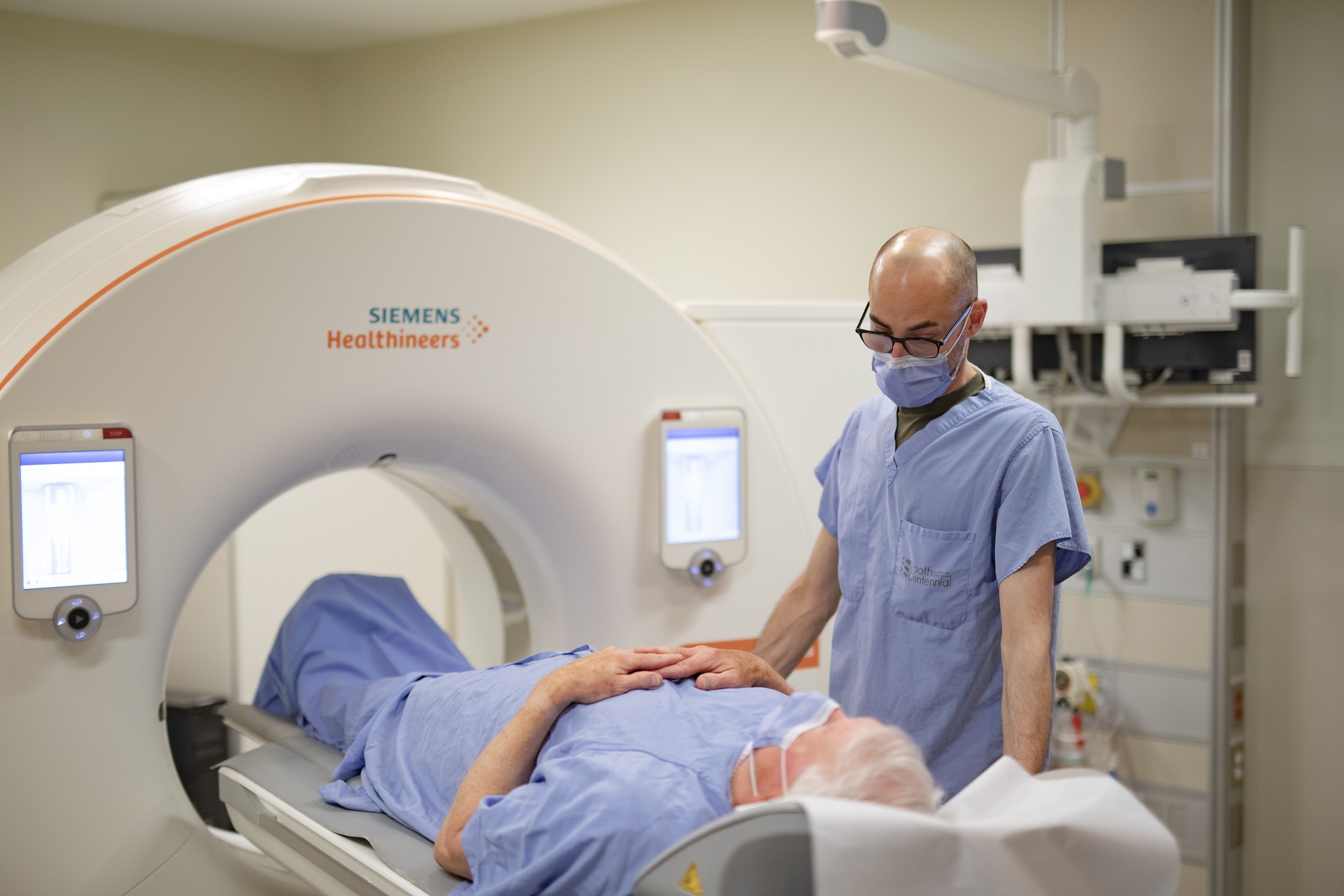Griffith Lloyd says, “It’s incredible to think about how much our lives today are shaped by the legacy of those who came before us.”
The cottage where he and his wife, Tina, spend half the year is housed on land passed down from his grandfather to his children. Griffith first stepped foot on this land at seven weeks old, a tiny baby bundled in the arms of his mother. “So, you can just imagine how much this place means to me, even all these decades later!” he says.
Griffith and Tina hand-built the cottage themselves. With painstaking determination, they pushed up big frames for the walls and installed ceiling beams. It was a labour of love that they worked on, together. “In fact, everything we’ve done throughout our 63-year marriage has been accomplished as a team,” says Griffith. “But it’s also been accomplished thanks to the generosity of our parents. Now, we’re working on paying that good fortune forward.”
One way they’ve chosen to do that is by supporting Peterborough Regional Health Centre, their regional hospital, through the PRHC Foundation. While they haven’t yet needed care from the hospital themselves, they find it reassuring to know there is such a well-equipped facility close to home.
Griffith and Tina first gave to PRHC through a 10-year endowment, and now they give what they can each year. “We see philanthropy as a special way to thank our parents for all they did for us,” explains Griffith. “Both Tina and I were shown the value of hard work and kindness by our families… And, unfortunately, we were also shown the critical importance of good healthcare.”
When Griffith and Tina first met working at the Canadian National Exhibition (CNE) in the 1950s, he was surprised to discover her father was none other than his public school vice principal. “You could say he and I were already familiar with one another – I spent a good chunk of my school career warming the bench outside of his office. I’m lucky he didn’t hold it against me,” jokes Griffith. He and Tina’s father actually became close friends – Griffith looked to him as another father figure in his life.
Unfortunately, their relationship ended all too soon. Tina’s father was only in his late 40s when he first developed a heart problem that worsened over the years until he couldn’t even catch his breath. He passed away on the very day he was meant to attend a party celebrating his own retirement. “Unfortunately, his premature death meant that he lost out on the chance to meet all of his amazing grandchildren,” says Griffith.
Griffith’s father was more fortunate. He spent more than 30 years enjoying retirement, including lots of time with his grandchildren, before he passed away. “We wish Tina’s father had that same opportunity – and we believe that, with more recent advances in science, he could have lived longer. No family should lose out on the chance to share those precious years with their loved ones.” By supporting PRHC, Griffith and Tina are choosing to invest in both innovation and quality care, which might give other families more of that valuable time together.
“We want our local hospital to be able to keep pace with the rapid evolutions in technology, and we’ve been delighted to see our gifts put to use helping to update vital equipment. Believe me when I say, it’s truly gratifying to see your money doing good in your community,” says Griffith. “And while we’ve ensured our children and grandchildren will be taken care of beyond our years, it feels equally important to leave behind something more: we want to continue a legacy of generosity.”
They plan to allot a portion of their estate to organizations like the PRHC Foundation and hope their philanthropic example will inspire generations to come, just as they’ve been inspired by those who came before them. “As our families showed Tina and me, each of us has the opportunity to do good in this world. It’s what we choose to make of that opportunity that truly determines our legacy,” says Griffith.
For more information on legacy and planned giving, or to share your legacy donor story, please contact Lesley Heighway, President & CEO, at 705-743-2121, ext. 3859 or send her an email.
